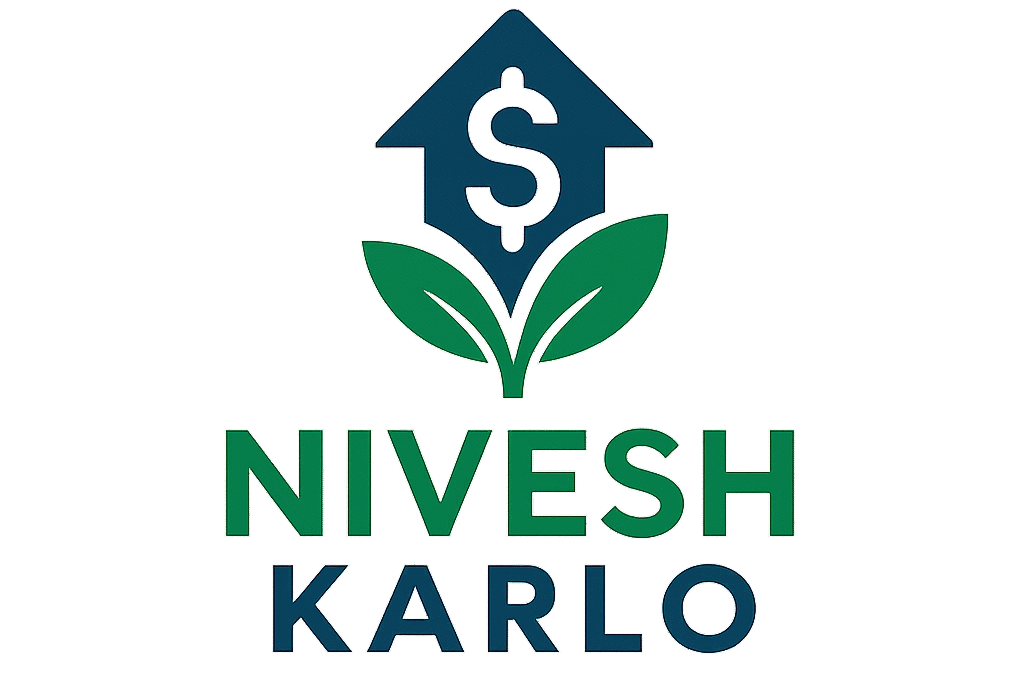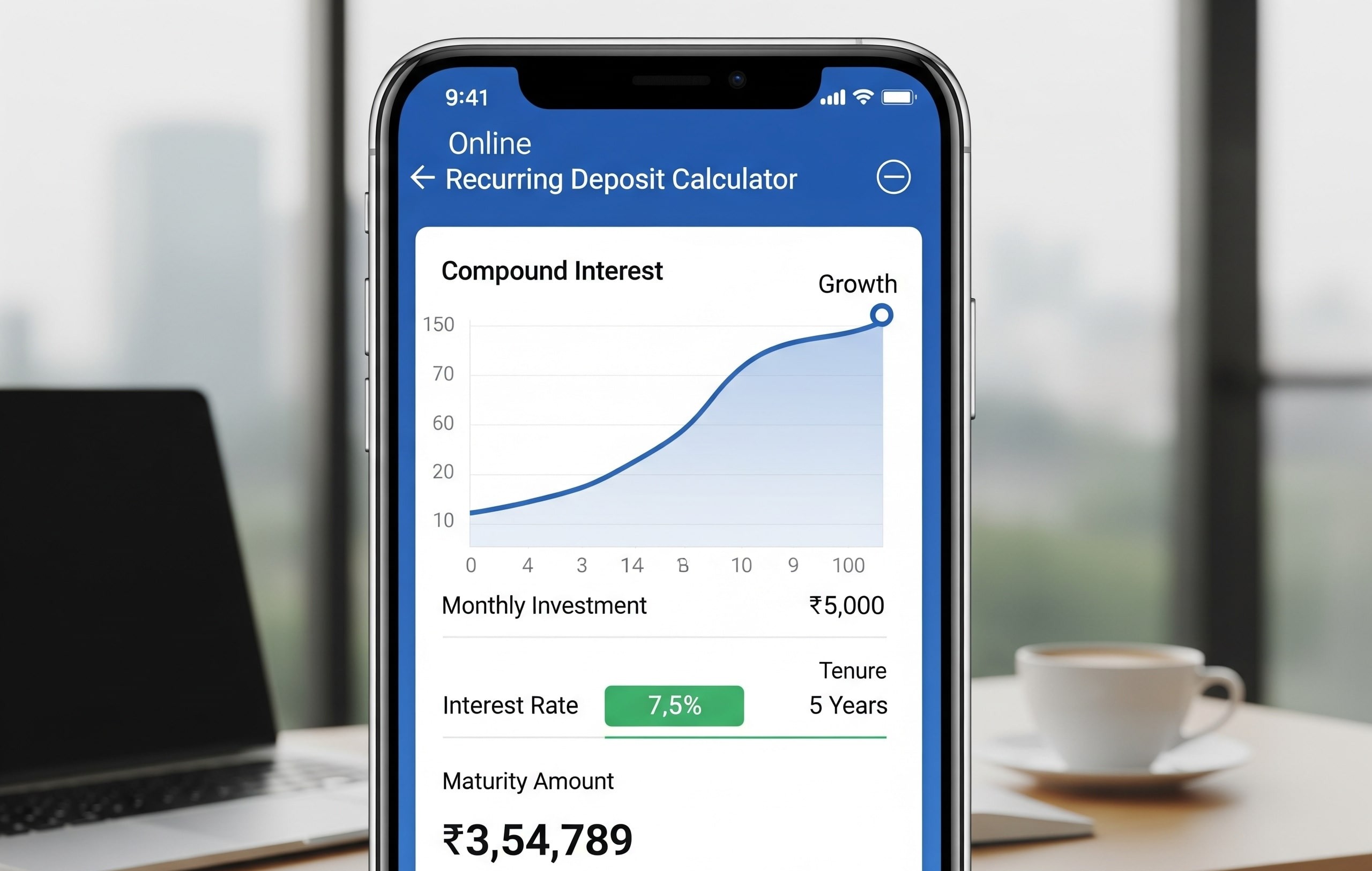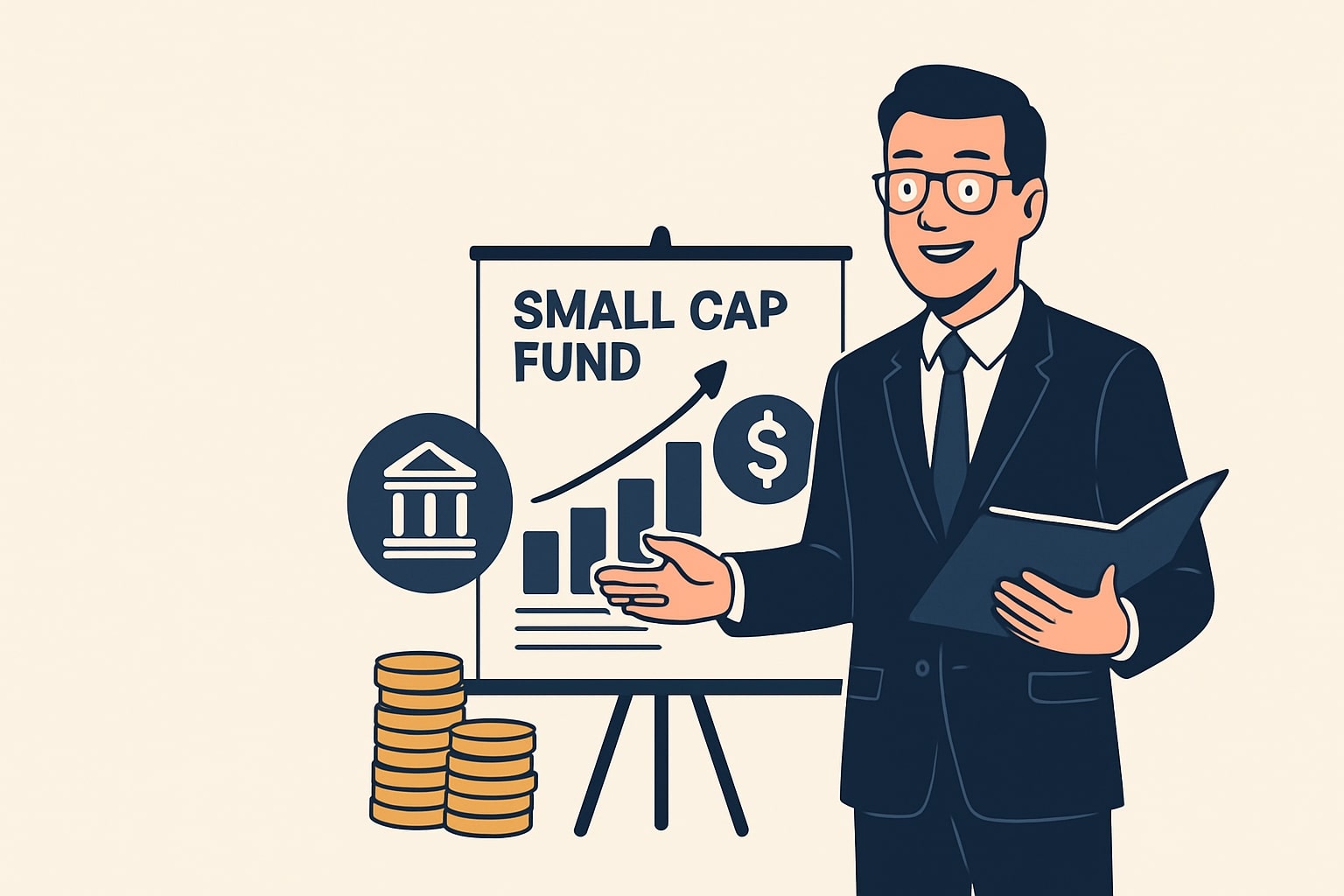Investment Process
The majority of people think of buying gold, depositing money in a savings account, or buying a piece of real estate when we say the word “investment.” An investment is when a person buys something with the hope of selling it later on for a profit or some other kind of income. The investment process involves thorough research and analysis of the many asset classes and the related risk-return ratios.
Any investor does not become so successful overnight. Learning the ins and outs of the business world and your personality as an investor requires time and patience, not to mention making mistakes along the way. This article will guide you through the first five steps of your investment decision process and educate you on what to look out for along the way.
You Might Also Like: 8 Difference between Current Account and Savings Account
Key Lessons of investment Process
- The first stage in the investment process is to create a plan and set a timeline. Knowing how long you plan to invest and what kind of returns you expect can create the framework needed to achieve your goals.
- Then, familiarize yourself with the market’s inner workings, create an investment management process tailored to your needs, and decide what kind of investor you are.
- Be cautious of the people whose advice you seek out and pay attention to the biases and preconceptions while making decisions.
- Always have an open mind and learn from your experiences; this voyage will take a while, so be ready for that so you won’t be distracted by setbacks at times.
Step 1: Knowing your client
Understanding the client’s or investor’s needs, level of risk tolerance, and tax condition is the first and most important phase in the investment process. Once you come to know about what your client is seeking, it is important to create milestones for their portfolio management process. This benchmark will help assess the performance and determine whether the client’s objectives have been met.
Step 2: Determining asset allocation
The investment process allows the user to decide how to divide the investment among various asset classes, such as fixed income securities, stocks, real estate, etc. Investing in domestic or foreign assets is another option involved in the investment decision process. The investor will determine this after examining the macroeconomic variables and the general market scenario.
Step 3: Choosing a portfolio strategy
The third step in the investment process is to decide on the best method for building a portfolio. The right portfolio-building strategy must be chosen because it serves as the foundation for selecting the assets that will be included in the portfolio management process. Choosing an investment management process that complies with your investing policies and objectives is best.
The two types of portfolio strategy are as follows:
Active Management process
The term “active portfolio management process” entails the investment process that aims to surpass the market return relative to a predetermined milestone by shorting overvalued stocks or purchasing undervalued assets. This investment management process has a sizable risk and a potential reward. Since this is a preventative technique, the investor or fund manager must keep a careful eye on the market.
Passive Management Process
A passive portfolio management technique’s objective is to produce returns comparable to those of the market. This type of investment process is regarded as reactive since the fund manager or investor only takes action after the market has already responded.
Step 4: Asset selection
The investor is in charge of selecting the assets in these steps for the investment process. Each of the major asset classes contains several sub-asset classes. For instance, what stocks should be chosen in the equity sector? Which bonds from the fixed income securities category should be chosen? It is one of the important parts of the investment process as it allows the user to take care of every factor and then choose the stocks for investing his hard-earned money.
Because doing otherwise would defeat the purpose of the investment process, the investment policies and objectives should also be in line with one another.
Step 5: Assessing the portfolio’s performance
The evaluation of the portfolio management’s effectiveness is the focus of this final step in the investment process. This is a crucial step in the investment process since it compares the investment’s performance to a benchmark while taking both absolute and relative performance measures into account. To determine whether or not his objectives are being realized, the investor can review the scenario.
You Might Also Like: PNB Car Loan Interest Rates
Investment Process
The phrase “investment process decision” originates from the financial industry and describes the decision investors must make on the total sum of money invested in various investment assets.
An investment process entails a set of guidelines that must be adhered to create a portfolio, as well as the order in which steps must be completed, starting with identifying risk factors and concluding with asset allocations. Control risk gives the investor a framework to help him adopt a plan tailored to his goals, objectives, risk tolerance, and values. The investment process ultimately makes someone a confident investor who can make decisions quickly and without feeling conflicted inside. If you are starting out as an investor and want to obtain respectable returns on your assets, you must incorporate an investing process into your investment plans.
FAQs on the investment process:
Q. Why is the investment process crucial?
The investment process offers a framework that enables investors to understand the foundation of various investment strategies and philosophies. By doing this, it enables investors to identify the common roots of the hundreds of strategies they see described in investment newsletters and the general press.
Q. What are the factors that can leave an influence on your investment decision process?
Many elements can affect the Investment process:
- Interest rates (the price of borrowing).
- Confidence/expectations.
- Growth in the economy (changes in demand).
- Technology advancements and its uses (productivity of capital).
- The ease with which financial firms can lend money.
- The rest (depreciation, government policy, wage costs, inflation).
Q. What precisely are the objectives of the investment process?
The main categories of investing are “safety,” “growth,” and “income,” as well as auxiliary categories like “diversification.” Therefore, it is essential to understand the investment process and its goals before you begin investing. By doing so, you’ll be able to choose the right combination of assets and make intelligent investments suited to your particular needs.
Q. How can I start making my first investment?
Here are some things you should know before you start investing:
- It would be best if you choose to start the investment process as soon as possible.
- Check the amount of money you would be investing
- For your investments, open a new account.
- Learn about the different investment options you have.
- Select a strategy for investing the funds.
You Might Also Like: IPO Grey Market Premium, Latest IPO GMP
Top 10 Startup Companies in Hyderabad
Mutual Funds Are Subject To Market Risk
Which Bank Is Best For Demat Account
Hello there, my name is Phulutu, and I am the Head Content Developer at Nivesh Karlo. I have 13 years of experience working in fintech companies. I have worked as a freelance writer. I love writing about personal finance, investments, mutual funds, and stocks. All the articles I write are based on thorough research and analysis. However, it is highly recommended to note that neither Nivesh Karlo nor I recommend any investment without proper research, and to read all the documents carefully.






Leave a Reply